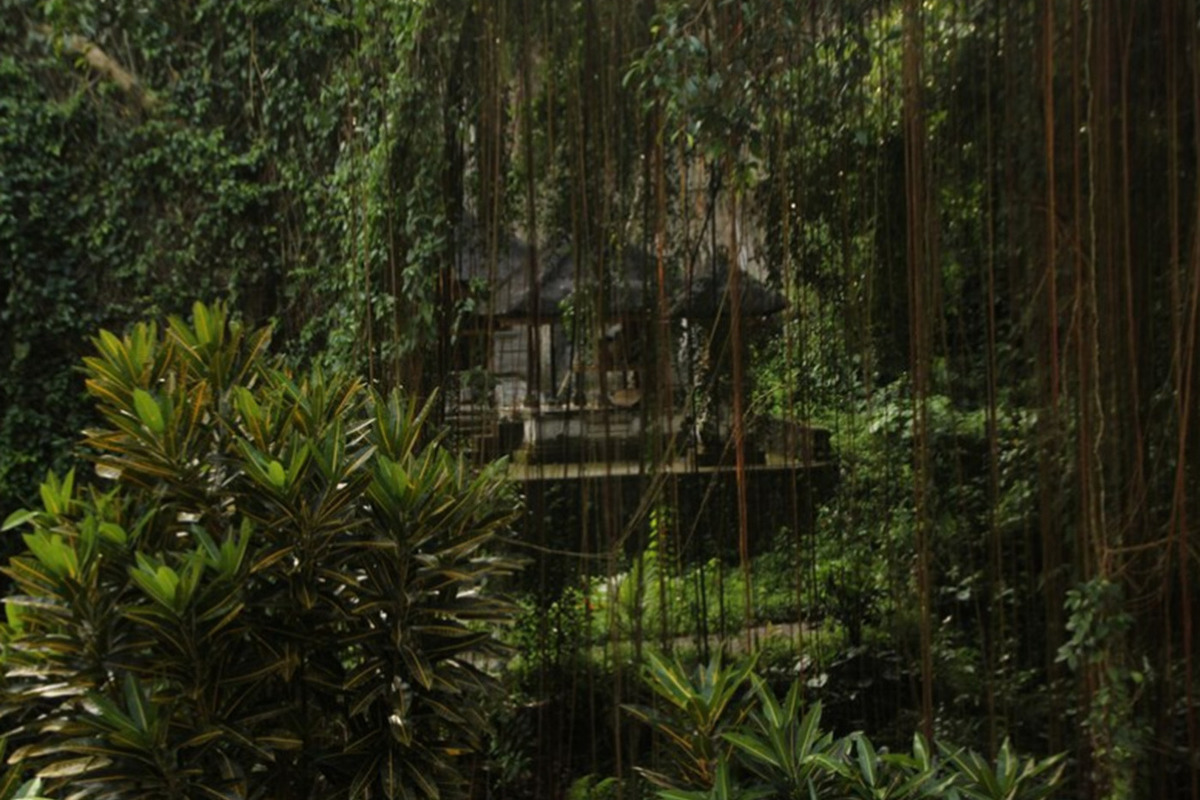Maps of the mysterious Amazon reveal the remains of vast ancient cities
[ad_1]

Archaeologists, using laser technology and decades of research, have mapped a cluster of ancient cities in eastern Ecuador. Their findings add to evidence of dense settlements in the Amazon.
The Amazon rainforest contains the remains of sprawling ancient cities, according to new research. Evidence of this are the earthworks that were once roads, canals, plazas and platforms for homes where thousands of people lived for centuries, long before Europeans attempted to map South America.
A cluster of interconnected cities was only recently mapped in the Upano Valley in eastern Ecuador, the research team told Science, drawing on decades of research and laser mapping technology.
Using a technology called lidar, the researchers were able to document five major settlements and 10 minor sites over an area of more than 297 square kilometers.
Radiocarbon dating has shown that people lived here from about 500 BC to between 300 and 600 AD, making these settlements among the oldest found to date in the diverse landscapes of the Amazon.
“This is a huge contribution to the archeology of the Amazon,” University of Exeter archaeologist José Iriarte told the publication. “This region, where the Amazon reaches the eastern slope of the Andes, has long been considered an area where nothing really happens.”
Archaeologist Stephen Rosten is impressed by the complex structure of ancient cities and the amount of work required to build them.
The team reportedly unearthed artifacts including painted pottery and jars containing remains of traditional chicha, a corn-based drink. Although archaeologists have long known about excavations in the area, lidar has helped uncover hidden Mayan sites and ancient Cambodian cities and revealed their extent.
Particularly striking, archaeologists say, were the road and farming systems – the way ancient people diverted heavy rains along the eastern slopes of the Andes to take advantage of the fertile volcanic soil.
The archaeologists’ new paper also builds on research showing the extent to which ancient people transformed their landscapes.
“This idea of some kind of pristine, untouched landscape in the Amazon was definitely not true,” said archaeologist Jason Nesbitt. In his opinion, this long-standing belief was fueled in part by the way the indigenous population was wiped out by the arrival of Europeans, and also that the ancient people there did not have vast quantities of stone to work with like the monument builders of Mesoamerica or Peru, and instead used soil.
Anthropologist Simon Martin states that the Amazon remains “the only vast place that may still contain hidden archaeological wonders.”
Jason Nesbitt added that while it was difficult to estimate the population of the ancient cities, the researchers’ assumption that up to 30 thousand people may have lived in the Upano Valley at one point seems reasonable to him.
Archaeologists have expressed hope that more excavations will be carried out in the valley and that the work will help answer many outstanding questions about the people who lived there, including their beliefs, systems of government and what connections they may have had with other societies. And continued research could help protect the Amazon from the threat of deforestation.
[ad_2]
Source link








